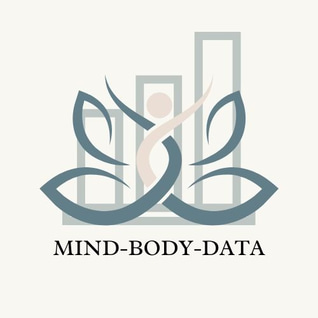What is Data Science?
Curious about data science? This beginner-friendly guide breaks down what data science is, why it’s important, and how it’s used in real life—from business and healthcare to sports and AI. Learn the key components of data science, explore real-world examples, and discover how you can start your own journey in this exciting field! 🚀
DATA SCIENCEAI
Chad Johnson
1/31/20252 min read


In today’s digital world, data is everywhere—from the apps we use to the purchases we make. But how do companies and organizations make sense of all this information? That’s where data science comes in. If you’ve ever wondered what data science is, how it works, and why it’s so important, this guide will give you a clear and simple introduction.
What is Data Science?
At its core, data science is the field of study that uses data to extract meaningful insights. It combines statistics, programming, and domain expertise to analyze and interpret complex data. Businesses, researchers, and governments use data science to make informed decisions, predict trends, and solve real-world problems.
Why is Data Science Important?
Data science plays a crucial role in almost every industry. Here’s why it matters:
Business Growth – Companies use data science to optimize marketing, improve customer experience, and increase revenue.
Healthcare – Predicting disease outbreaks, personalizing treatment plans, and analyzing medical data.
Sports Analytics – Teams use data science to track performance, prevent injuries, and develop winning strategies.
Artificial Intelligence & Automation – Many AI technologies, such as self-driving cars and recommendation systems, rely on data science.
Key Components of Data Science
Data science is a multidisciplinary field that involves several key areas:
Data Collection – Gathering raw data from various sources such as websites, sensors, or databases.
Data Cleaning & Processing – Removing errors, handling missing data, and preparing data for analysis.
Exploratory Data Analysis (EDA) – Understanding patterns and trends within the data.
Machine Learning & AI – Using algorithms to make predictions and automate decision-making.
Data Visualization – Creating charts, graphs, and dashboards to communicate insights clearly.
Real-World Examples of Data Science in Action
Netflix & Spotify Recommendations – Ever wonder how Netflix suggests movies you might like? Data science best practices analyze your viewing history and preferences to provide personalized recommendations.
Fraud Detection in Banking – Banks use data science to detect unusual transactions and prevent fraud in real time.
Predicting Sports Performance – Data analytics helps teams refine strategies and evaluate player performance.
How to Get Started in Data Science
Interested in learning data science? Here’s how you can begin:
Learn Python or R – These are popular programming languages used in data science.
Take Online Courses – Platforms like Coursera, Udemy, and DataCamp offer great beginner-friendly courses.
Practice with Real Data – Work on projects using datasets from Kaggle or open government databases.
Build a Portfolio – Showcase your skills by creating projects and sharing them online.
Conclusion
Data science is shaping the future, and understanding its basics can open up exciting opportunities in various fields. Whether you’re looking to start a career in data science or just want to understand how it works, this guide gives you the foundation you need. Stay tuned for more articles diving deeper into data science!
🚀 Subscribe to our newsletter for the latest updates on data science, sports analytics, and health & wellness!
